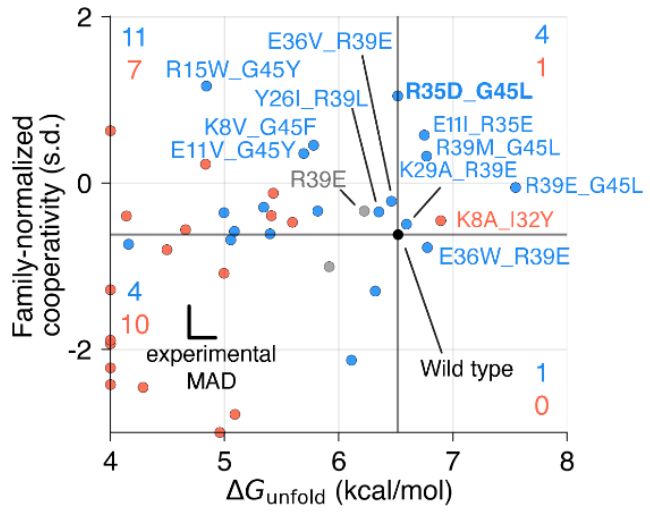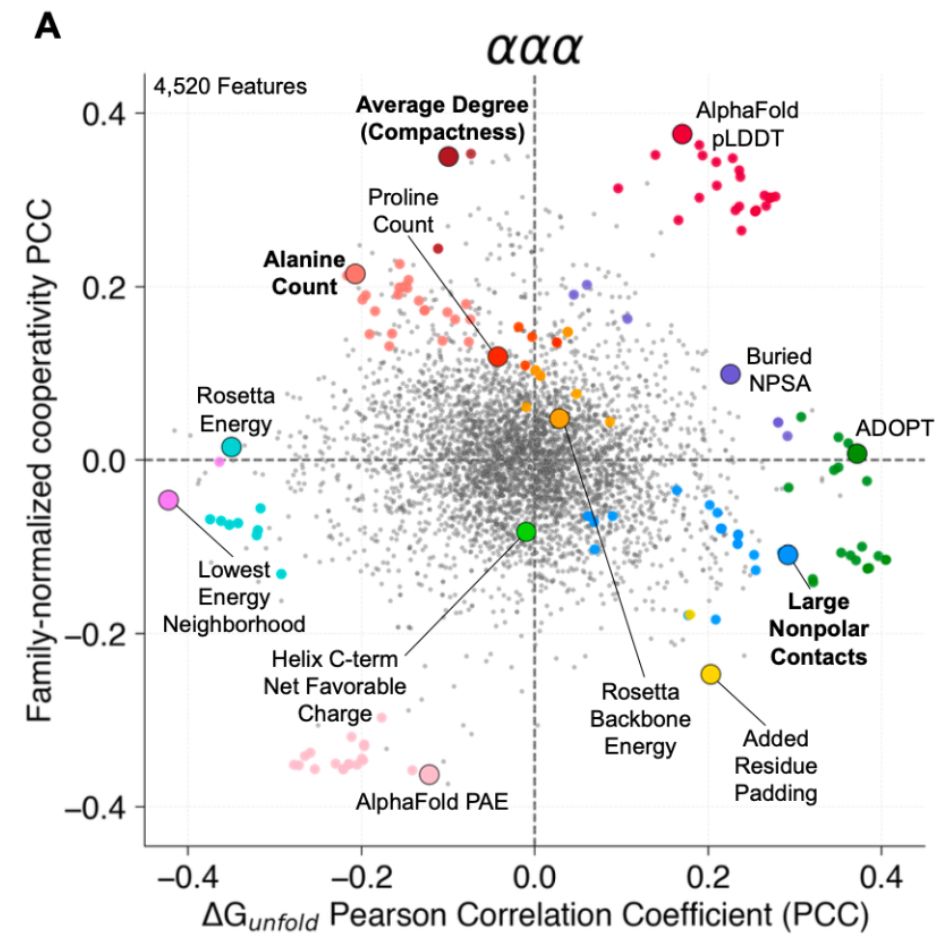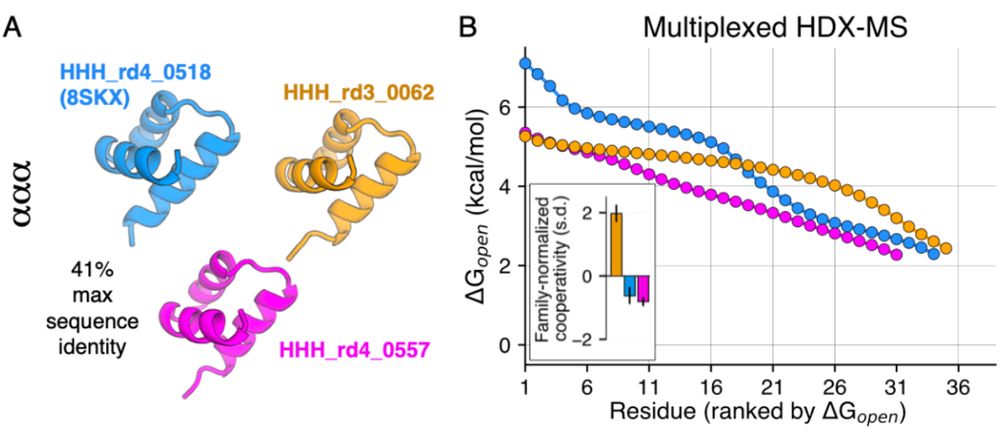













We know proteins fluctuate between different conformations- but by how much? How does it vary from protein to protein? Can highly stable domains have low stability segments? @ajrferrari.bsky.social experimentally tested >5,000 domains to find out!

We know proteins fluctuate between different conformations- but by how much? How does it vary from protein to protein? Can highly stable domains have low stability segments? @ajrferrari.bsky.social experimentally tested >5,000 domains to find out!


I was interested to learn in “Cathedrals of Science” that initially quantum theory didn’t appeal to chemists because it was too mathematical and didn’t explain anything. Just equations!

I was interested to learn in “Cathedrals of Science” that initially quantum theory didn’t appeal to chemists because it was too mathematical and didn’t explain anything. Just equations!
































